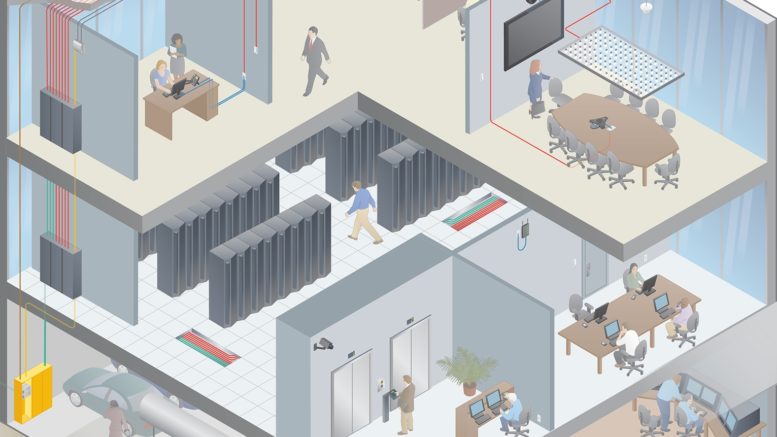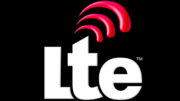Right now, I imagine that you’re sitting on your computer at work, wondering why you can’t get cell service at your desk. This is a problem that about 75% of workplaces face, and it’s a big problem. Folks, this isn’t 1997. People rely on their cell phones to provide information and security. There was a time when employers actually banned cell phones in the workplace but that’s just impossible now. People need to stay in communication and cell phones are how it’s done. But hey, you know that which is why you’re so frustrated.
There’s a big move today to make sure that cell coverage inside large buildings is as good as cell coverage outside. It’s an expensive proposition to be sure, but cell service is important and it’s just one of those things a building owner has to deal with. And, the larger the building, the harder it gets.
If you’re in a strip mall or a small standalone building, you could use a simple consumer-grade cellular booster, but once you start looking at even 10,000 square feet you need to start thinking bigger. You need a commercial-grade system that will blanket the building with good coverage. You need a DAS.
DAS stands for Distributed Antenna System and it describes a whole lot of different things. At the heart of all of them is the idea that multiple antennas are used throughout the building to make sure that there are no dead zones. While pretty much any system with multiple antennas can technically be considered a DAS, there are many different ways that this term is used.

Off-Air DAS
This is the simplest, and usually the cheapest, way to get better coverage. Starting with a cellular signal booster, multiple antennas are put strategically throughout the building in order to make sure everyone gets what they need. This system can start with consumer-level boosters like the one you see above, but that’s only going to get you so far. If you’re looking at covering an area above about 5,000 square feet you’re going to want to call a professional. Solid Signal’s cellular experts can design the perfect system for you and even recommend an installer in your area.

Carrier DAS
When most people use the term DAS, they’re talking about a carrier-based solution. In other words, the system is tied (usually via the internet) to cell phone providers. This is a better solution because it actually adds capacity in other words it doesn’t clog up existing cell towers. However, this is hands down the most expensive way to do it. If you’re in an area with multiple cell providers (who isn’t?) you may have to do everything twice to get the coverage you need. Often times this is a very long process. It involves permits and government agencies, and that’s why it’s usually only done during new construction.
When signals come into the ceiling-based antennas, they are picked up by a special module. That module sends them out over a wire-based network. This is sort of like the microcells or femtocells that your cell company might have tried to offer you. They provide more service by essentially giving you the equivalent of a tiny cell tower. In a carrier DAS, this is the same thing but on a massive level.
Which to choose?
Do you have a really big skyscraper that you’re planning on building? You may consider a carrier DAS if you have the time. However, more and more companies are turning to off-air DAS systems. They provide improved voice and data coverage for all carriers at a much more affordable price. If you’re tired of lousy cell service at your desk and your coworkers are too, there’s something you can do. Sit down with management and get them to call us at 888-233-7563 and we can put together an affordable and powerful cellular signal booster system that will end your anxiety once and for all.





